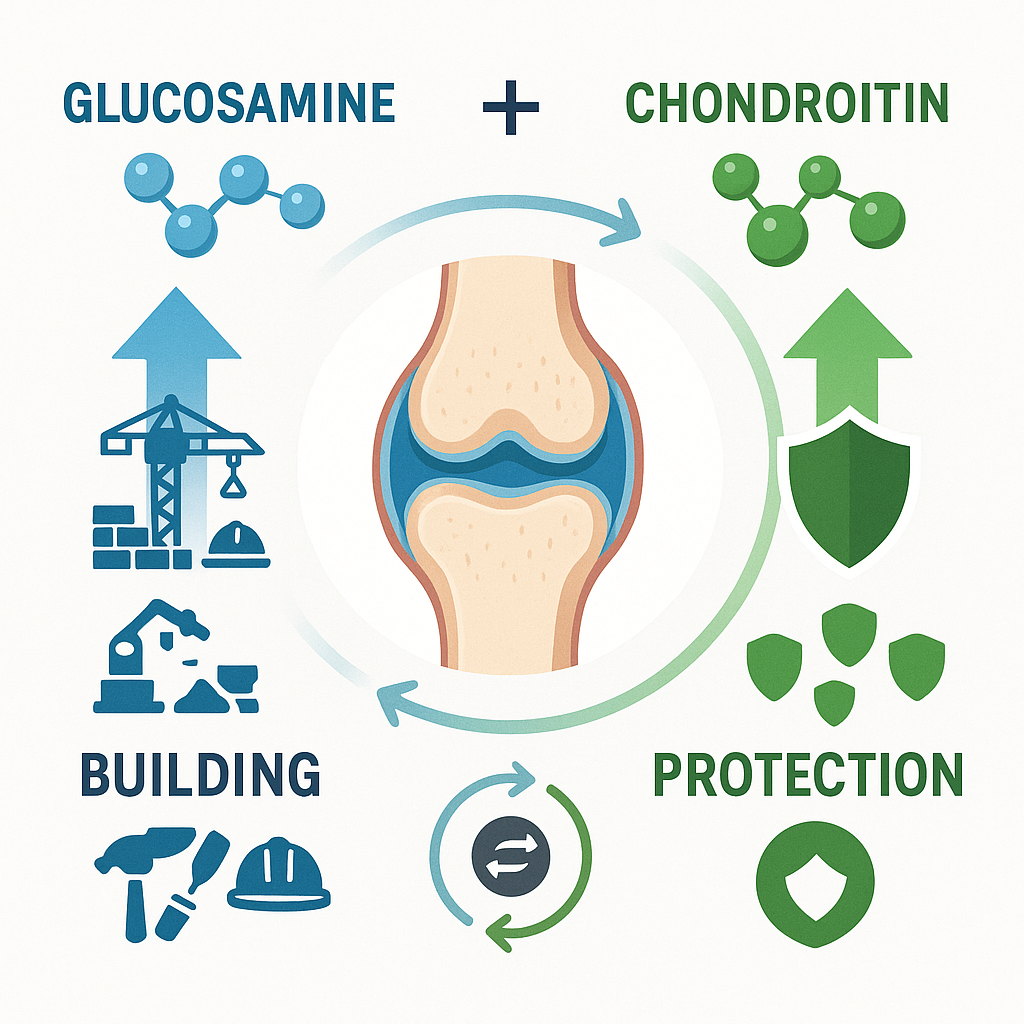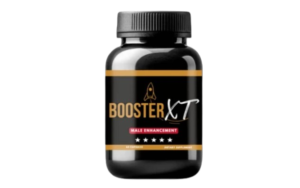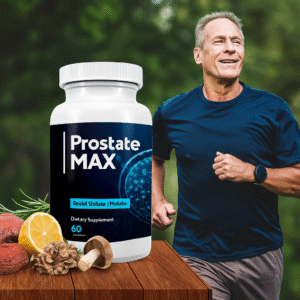If you’re experiencing joint pain and considering glucosamine vs chondroitin for relief, this comprehensive guide will help you make the right choice. Joint pain affects millions worldwide, and both glucosamine and chondroitin have emerged as popular natural alternatives for managing arthritis, joint stiffness, and cartilage deterioration. Understanding the key differences between these supplements, their mechanisms of action, and effectiveness can help you determine which option might work best for your specific joint pain needs.
What is Glucosamine for Joint Pain?
Understanding Glucosamine’s Role in Joint Pain Relief
Glucosamine is a naturally occurring compound found in healthy cartilage, particularly in the fluid around joints. As we age, our bodies produce less glucosamine, which can contribute to cartilage breakdown and increased joint pain. Glucosamine supplements aim to replenish these declining levels and support cartilage maintenance for better joint pain management.
The Science Behind Glucosamine and Joint Pain
Glucosamine works through several mechanisms to address joint pain:
- Cartilage Building Blocks: It serves as a fundamental component in the synthesis of glycosaminoglycans, which are essential building blocks of cartilage
- Inflammation Reduction: Studies suggest glucosamine may help reduce inflammatory markers in joint tissues, thereby reducing joint pain
- Synovial Fluid Production: It supports the production of synovial fluid, which lubricates joints and reduces friction-related pain
Types of Glucosamine Supplements for Joint Pain
The most common forms include:
- Glucosamine Sulfate: The most researched form for joint pain relief, often considered the gold standard
- Glucosamine Hydrochloride: Contains more elemental glucosamine but less research support for joint pain
- N-Acetyl Glucosamine: Less common but may have unique benefits for joint health
What is Chondroitin for Joint Pain Relief?
Chondroitin’s Role in Joint Pain Management
Chondroitin sulfate is another naturally occurring substance found in cartilage and connective tissues. It’s a major component of the extracellular matrix that gives cartilage its properties of resistance and elasticity, making it valuable for joint pain relief.
How Chondroitin Supports Joint Pain Reduction
Works to reduce joint pain by:
- Cartilage Protection: It helps prevent the breakdown of cartilage by inhibiting enzymes that destroy cartilage tissue, reducing joint pain
- Water Retention: Chondroitin attracts water into cartilage tissue, helping maintain its shock-absorbing properties
- Anti-inflammatory Effects: It may help reduce inflammation in joint tissues, contributing to joint pain relief
Chondroitin Supplement Forms
Chondroitin supplements for joint pain typically come from:
- Bovine Cartilage: Traditional source with good bioavailability for joint pain relief
- Marine Sources: Shark or fish cartilage, often considered more sustainable
- Synthetic Versions: Laboratory-produced alternatives
Scientific Evidence: Glucosamine vs Chondroitin for Joint Pain
Clinical Studies on Glucosamine and Joint Pain
Research on glucosamine for joint pain has produced mixed but generally positive results:
Positive Findings:
- A landmark study published in the New England Journal of Medicine showed glucosamine sulfate slowed cartilage loss in knee osteoarthritis and reduced joint pain
- Multiple European studies demonstrated significant joint pain reduction and improved joint function
- Long-term studies suggest glucosamine may slow disease progression and reduce chronic joint pain
Limitations:
- Some large-scale studies, including the GAIT trial, showed minimal benefits over placebo for joint pain relief
- Results may vary significantly between individuals experiencing joint pain
- Benefits for joint pain often take 4-8 weeks to become apparent
Clinical Evidence for Chondroitin and Joint Pain
Chondroitin research for joint pain has also yielded mixed results:
Supporting Evidence:
- Studies from the Cochrane Database show chondroitin can reduce joint pain and improve mobility
- Research indicates it may slow cartilage degradation, preventing future joint pain
- Some studies suggest better joint pain relief when combined with glucosamine
Conflicting Results:
- Large systematic reviews have questioned its effectiveness for joint pain
- Bioavailability concerns due to large molecular size
- Individual response to joint pain treatment varies considerably
Head-to-Head Comparison: Glucosamine vs Chondroitin Joint Pain Relief
Effectiveness for Joint Pain Relief
Glucosamine for Joint Pain:
- Generally shows faster joint pain relief (4-6 weeks)
- More consistent results across studies for joint pain management
- Better for mild to moderate joint pain
Chondroitin for Joint Pain:
- May take longer to show joint pain benefits (8-12 weeks)
- More effective for severe joint pain
- Better results in combination with other supplements for comprehensive joint pain relief
Cartilage Protection and Joint Pain Prevention
Glucosamine:
- Provides building blocks for new cartilage synthesis, preventing future joint pain
- May stimulate cartilage-producing cells (chondrocytes)
- Better for preventive care against joint pain
Chondroitin:
- Focuses on protecting existing cartilage from further joint pain-causing damage
- Inhibits cartilage-destroying enzymes
- More beneficial for advanced cartilage damage and chronic joint pain
Safety and Side Effects in Joint Pain Treatment
Glucosamine:
- Generally well-tolerated for joint pain treatment
- May cause mild digestive upset
- Potential concerns for people with shellfish allergies
Chondroitin:
- Excellent safety profile for joint pain management
- Rare side effects
- May interact with blood-thinning medications
The Power of Combination: Glucosamine + Chondroitin for Joint Pain
Why Combined Supplements May Be Superior for Joint Pain
Many experts believe combining glucosamine vs chondroitin provides synergistic benefits for joint pain relief:
- Complementary Mechanisms: Glucosamine builds while chondroitin protects, addressing multiple aspects of joint pain
- Enhanced Effectiveness: Studies show combination therapy often outperforms single supplements for joint pain relief
- Comprehensive Joint Support: Addresses multiple aspects of joint health and joint pain simultaneously
Optimal Dosing for Joint Pain Relief
Research suggests effective doses for joint pain are:
- Glucosamine: 1,500mg daily (divided into 2-3 doses) for optimal joint pain relief
- Chondroitin: 1,200mg daily (divided into 2-3 doses) for maximum joint pain reduction
- Timing: Take with meals to improve absorption and reduce stomach upset
Factors to Consider When Choosing Between Glucosamine vs Chondroitin for Joint Pain
Your Specific Joint Pain Needs
Choose Glucosamine if you have:
- Early-stage joint pain issues
- Want to prevent cartilage breakdown and future joint pain
- Prefer faster-acting joint pain relief
- Mild to moderate joint pain
Choose Chondroitin if you have:
- Advanced cartilage damage causing severe joint pain
- Chronic or severe joint pain
- Want maximum cartilage protection against joint pain progression
- Can wait longer for joint pain relief results
Individual Response Factors for Joint Pain Treatment
Consider these personal factors when choosing between glucosamine vs chondroitin for joint pain:
- Age: Older adults with joint pain may benefit more from chondroitin
- Activity Level: Active individuals with joint pain might prefer glucosamine
- Severity of Joint Pain: Severe cases may need combination therapy
- Budget: Glucosamine is typically more affordable for joint pain treatment
Quality Considerations for Joint Pain Supplements
Choosing High-Quality Glucosamine vs Chondroitin for Joint Pain
When selecting supplements for joint pain relief, look for:
- Third-Party Testing: Ensures purity and potency for effective joint pain treatment
- Proper Forms: Glucosamine sulfate and chondroitin sulfate are preferred for joint pain
- Manufacturing Standards: GMP-certified facilities for quality joint pain supplements
- Transparent Labeling: Clear ingredient lists and dosages
Red Flags to Avoid in Joint Pain Supplements
Be cautious of:
- Unrealistic claims about rapid joint pain relief
- Proprietary blends without clear dosages
- Extremely low prices that seem too good to be true
- Lack of quality certifications
Maximizing Joint Pain Relief: Lifestyle Factors
Complementary Strategies for Joint Pain Management
Enhance supplement effectiveness for joint pain with:
Exercise and Movement for Joint Pain:
- Low-impact activities like swimming and walking to reduce joint pain
- Strength training to support joint stability and reduce pain
- Flexibility exercises to maintain range of motion and prevent joint pain
Dietary Considerations for Joint Pain:
- Anti-inflammatory foods like fatty fish and leafy greens to combat joint pain
- Adequate protein for cartilage repair and joint pain prevention
- Hydration for joint lubrication and pain reduction
Weight Management and Joint Pain:
- Reducing joint stress through healthy weight maintenance
- Even small weight losses can significantly impact joint pain levels
The Bottom Line: Glucosamine vs Chondroitin for Your Joint Pain
When to Choose Glucosamine for Joint Pain
Glucosamine may be your best choice for joint pain if you’re dealing with early-stage joint issues, want preventive support, or prefer a supplement with faster-acting benefits. It’s particularly effective for building cartilage and supporting overall joint structure to prevent future joint pain.
When Chondroitin Makes More Sense for Joint Pain
Chondroitin is ideal for those with more advanced cartilage damage, severe joint pain, or who want maximum cartilage protection. It’s excellent for long-term joint preservation strategies and chronic joint pain management.
The Combination Approach for Joint Pain Relief
For many people experiencing joint pain, combining both supplements provides the most comprehensive joint support, addressing both cartilage building and protection simultaneously for optimal joint pain relief.
Conclusion: Your Path to Better Joint Pain Management
The choice between glucosamine vs chondroitin for joint pain doesn’t have to be an either-or decision. Both supplements offer unique benefits for joint pain relief, and the best choice depends on your individual needs, symptoms, and goals. While glucosamine excels at building and repairing cartilage to prevent joint pain, chondroitin focuses on protection and preservation of existing cartilage.
Consider starting with the supplement that best matches your current joint pain status, and don’t hesitate to explore combination products that offer both compounds. Remember that consistency is key – joint pain supplements typically require 4-12 weeks of regular use to show significant benefits.
Most importantly, consult with your healthcare provider before starting any new supplement regimen for joint pain, especially if you have existing health conditions or take medications.
Ready to take the next step in your joint pain relief journey? Discover our comprehensive review of Arialief, a premium joint supplement that combines both glucosamine and chondroitin with additional powerful ingredients for maximum joint pain support. Learn how this scientifically formulated supplement can help you achieve the pain-free, active lifestyle you deserve.
See the reviews and articles on our blog.
Tags: AntiInflammatory, joint health, supplements, arthritis, pain relief, cartilage, natural remedies, supplement





Pingback: Unlock Serenity with Nerve Calm: The Ultimate Solution for Joint Health